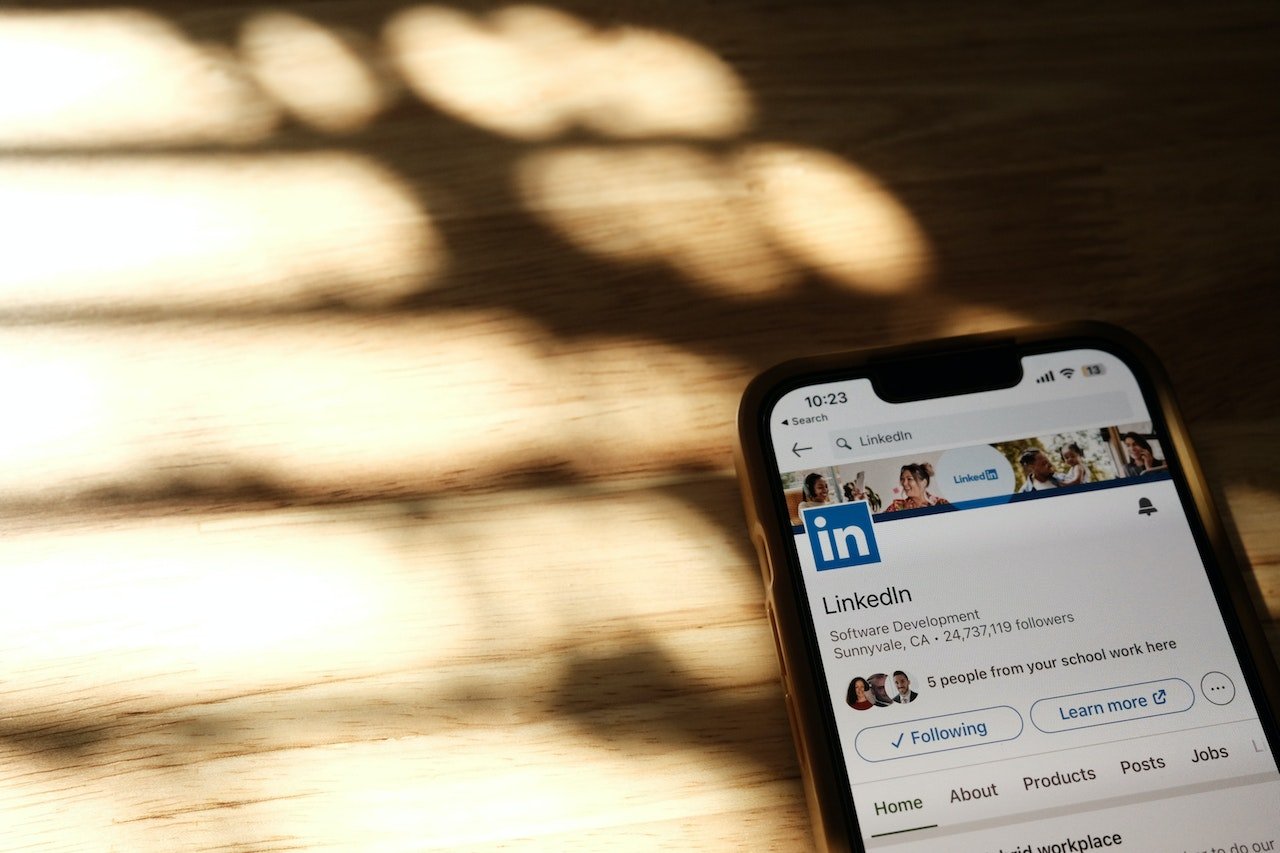It was when I found myself whispering sweet nothings of encouragement to a gloopy sponge one...
Beyond the brochure: the role of B2B content marketing in sales enablement
Sales enablement and content marketing are critical components of successful sales and marketing processes for businesses. Although they share similarities and can be used in conjunction to generate leads and drive sales, each is a distinct strategy with its own specific goals, techniques, and metrics.
It's important to grasp the differences between sales enablement and content marketing to leverage them effectively in your business. In essence, sales enablement focuses on equipping sales teams with the necessary tools, training, and resources to persuasively sell to potential customers, while content marketing aims to attract and engage target audiences by creating and distributing content that is relevant and valuable.
Understanding the nuances of each strategy and how they complement each other is imperative for businesses looking to kick their sales and marketing efforts up a notch.
Why is sales enablement important?
65% of sales leaders who outperform revenue targets have an established sales enablement function within the business.
(Source: HubSpot)
What is sales enablement?
Sales enablement is the means by which sales teams are equipped with the tools and resources necessary to excel at their jobs. Sales enablement looks different in every company, but the common elements of a sales enablement content strategy involve providing training, curating content, and sales collateral, and supplying tools, knowledge, and resources to the sales team.
Much like any sport, if you aren’t equipping your sales team with the right gear to tackle their tasks, goals, or for competitive conditions out in the field, they can’t win. An effective sales enablement strategy means giving sales execs much-needed resources to add value to interactions with their prospects, moving leads through the sales funnel.
This is where marketing execs need to step in and help drive sales enablement uptake across sales teams by translating strategy into practical and intuitive working assets, activities, and training plans.
What are some real-world examples of B2B sales enablement assets?
Here are a few of the most effective tools and resources that can help your sales team achieve better results:
- Buyer Personas and Ideal Customer Profiles (ICPs) - These help your sales team narrow down the leads most likely to be interested in your offering and who are in a position to make a purchase decision.
- Email templates - These make it easy for your sales team to create customisable interactions with individual accounts.
- Sales cadence guidelines - These provide execs with guidance on which channels to use to engage their leads at which times for the most effective interactions.
- Prospecting guides – These support telesales and other prospecting activities, and include summary descriptions, FAQs, key objection handling, and key sales levers.
- Discovery call checklists - These ensure that sales execs gather both quantity and quality information from discovery calls to formulate an understanding of the lead's pain points, budget, timeline, and other critical factors.
- Demo recordings - These allow sales execs to showcase how the offering can address specific pain points.
- Slide decks - These contextualise your offering, tell your brand story and reveal your positioning to prospects.
- Battle cards - These provide unique points of differentiation between your offering and specific competitors, allowing sales reps to confidently explain to prospects how your offering is the fit most suited to their specific requirements.
- Thought leadership content - This provides sales teams with meaningful insight on relevant topics in your target market's industry, demonstrating your company's expertise and building credibility with their prospects.
- Case studies - These are memorable, relatable stories about the benefits of your offering for prospects to keep in mind.
- ROI calculator - This estimates the return on investment your prospect can expect from purchasing your offering, allowing sales reps to provide solid numbers to decision-makers backed by data. B2B buyers find this appealing due to the price tag and risk involved in their big purchasing decisions.
When using the channel to sell, these assets can be further augmented by value proposition sheets and sales campaign kits.
Hand-picked reading for you: Why should your business invest in producing content?
What is B2B content marketing?
Content marketing, on the other hand, refers to the process of creating and distributing valuable media and other materials such as blog articles, whitepapers, presentations, ebooks, videos, and social media posts for the purpose of generating leads that can be handed over to the sales team.
This is content with the specific purpose of attracting a target audience to acquire its business. Content marketing typically involves engaging prospects without explicitly selling anything to them at this point. Instead, content marketing materials are useful to educate potential customers before, during, and after any interactions with sales execs to increase awareness of the product, service, or brand, and to establish their need for it.
Sidenote reading:
- How to use content marketing to promote your business.
- How content marketing can drive lead generation.
How are sales enablement and content marketing similar?
Sales enablement and content marketing are pretty similar in that they both have the same goal of accelerating the sales process and making the sales team more effective. They equally aim to deliver value to potential customers by addressing their specific needs and pain points.
With content marketing, the focus is on creating and sharing valuable, relevant, and engaging content to attract and connect with a specific audience, with the goal of driving profitable customer action.
Sales enablement, on the other hand, is all about providing sales execs with the right tools, information, and resources to effectively engage with potential customers and close deals.
In both cases, the ultimate goal is to drive revenue for the organisation by delivering value to customers. For both strategies to work, teamwork and alignment between marketing and sales teams are required.
How are sales enablement and content marketing different?
If sales enablement and content marketing have so much in common, what’s the difference between the two? Isn’t sales enablement content just another form of content marketing?
While there is definitely some overlap between the two strategies, sales enablement is not simply another form of content marketing. It has a more targeted and sales-focused approach that is specifically designed to support the sales team in their efforts to close deals.
The critical difference, however, between B2B sales enablement and content marketing is the audience.
- Content marketing targets would-be buyers with an outside-in story about your brand’s offering.
- Sales enablement targets your salespeople with inside-out guidance and training on how to tell that story to would-be buyers in the most effective way.
While this distinction is important, the best B2B sales enablement is a joint effort to collaborate between sales and marketing.
The two processes can be used in conjunction with one another to close more deals and increase sales revenue. Sales enablement leaders frequently lean on content marketing efforts to produce the collateral their sales teams require, not only for internal purposes, but for external communications when engaging their leads. Content marketing teams also provide guidance on the brand’s proper tone, voice, and messaging that are presented to the target market.
In reality, content marketing offers direct support through each stage of the customer journey, from brand awareness to referrals, engagement, consideration, and purchase—matching the right content to the proper stage of the overall sales process is essential.
Creating content for sales enablement needs to be its own focus
Content creation for sales enablement isn’t a task to be lumped on either sales or marketing teams. Time is short and resources are stretched thin. Outsourcing can be a cost-effective way to create high-quality sales enablement content. Instead of hiring a full-time employee or team, outsourcing allows you to pay for content on an as-needed basis. Outsourcing B2B sales enablement content creation allows your teams to focus on their core competencies, freeing up time for other important revenue-generating tasks, such as building and maintaining relationships with clients.
Now read this:
If we can help, get in touch.





Blog comments